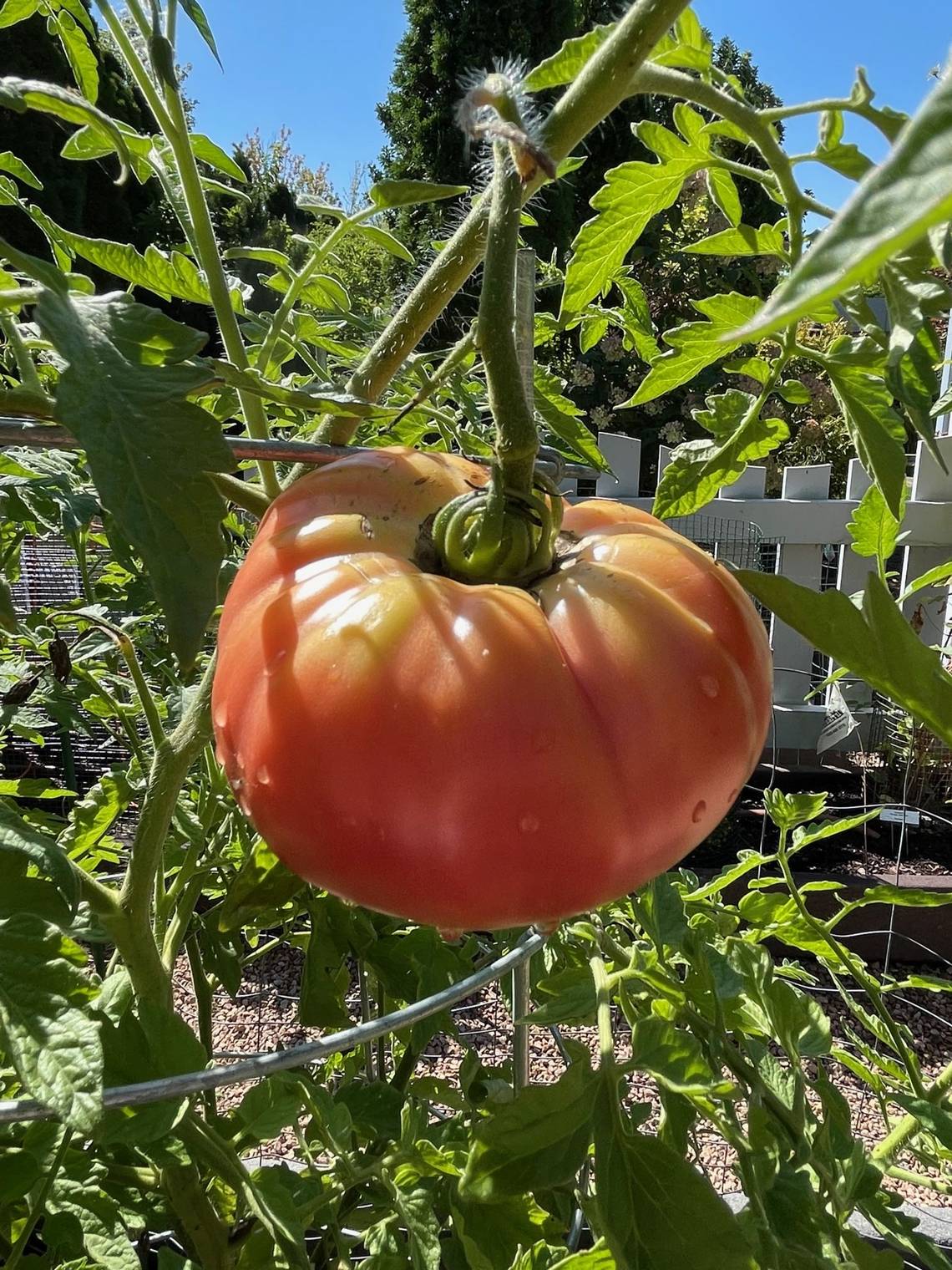With May upon us and warm season vegetables getting into the ground, I was recently reminded of a time in college when I planted a tomato garden for my grandparents.
They consistently planted tomatoes in one small corner of their yard from year to year, with varying levels of success. Though shielded by their home on one side, the spot was still particularly open to the elements because it was next to an open field. As such, if a pest or environmental issue could plague the plants, it was likely going to.
However, in the year in question, I had volunteered to plant their garden for them as I had leftover tomatoes that needed a home. The one problem with this? The tomatoes were about two months past their transplanting date, with stems that were easily three feet long. Ultimately, this would be in our favor.
Tomatoes, peppers, eggplants and potatoes are all part of the nightshade family, sharing the common trait of having adventitious roots that grow along their stems. What does this mean for a gardener trying to grow extremely leggy tomatoes? Up to two-thirds of that stem can have its leaves removed and buried, instigating new root growth along the entire length of the buried portion.
When I returned to visit my grandparents later that summer, I distinctly remember my grandpa saying, “I don’t know what you did with those tomato plants, but this is the best darn harvest we’ve ever had.”
What I “had done” to those plants was bury their overgrown stems within an inch of their lives. This resulted in massive root systems that sustained the plants, transporting mass amounts of nutrients to developing fruit. Because there were more roots than there would have been otherwise, there was more fruit for harvest.
When it comes to the success of your plants, healthy root systems are not just a factor; they are the key. A visual assessment should reveal white and fleshy roots, not brown and reedy. This can often be achieved by following proper plant care recommendations. Still, the correct moisture level and soil consistency are crucial due to their role in preventing root rot fungal diseases.
What are the ideal conditions to strive for? Moist but not overly saturated soil that is an equal combination of sand, silt and clay (known as loam), allowing for adequate drainage. A general rule I tell people is that if they can squeeze water out of the soil in their hand, it has too much water. Likewise, if a soil prod cannot reach the depth of the roots, the plant does not have enough water. Following both, you can adjust accordingly.
Aside from vegetables, if you’re eager to see some ornamentals with vigorous root systems, mark your calendars for the upcoming Master Gardener Public Garden Tour on May 17 and 18. Don’t miss this opportunity to learn and be inspired by the beautiful gardens on display.More information about the tour is at johnson.ksu.edu or 913-715-7000.
Anthony Reardon is a horticulture agent with Kansas State University Research and Extension. Need help? Contact the Johnson County Extension gardening hotline at 913-715-7050 or email garden.help@jocogov.org.
